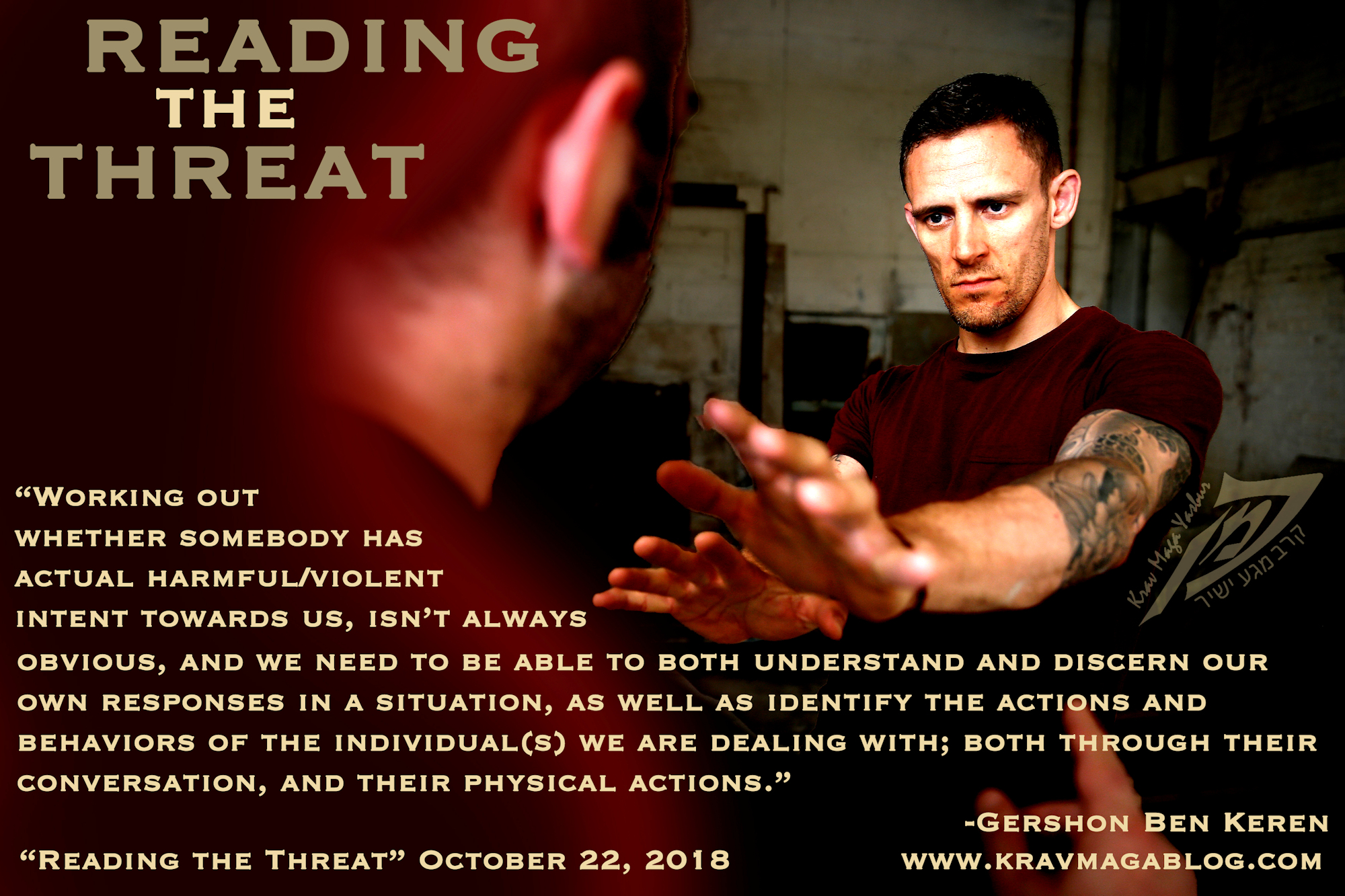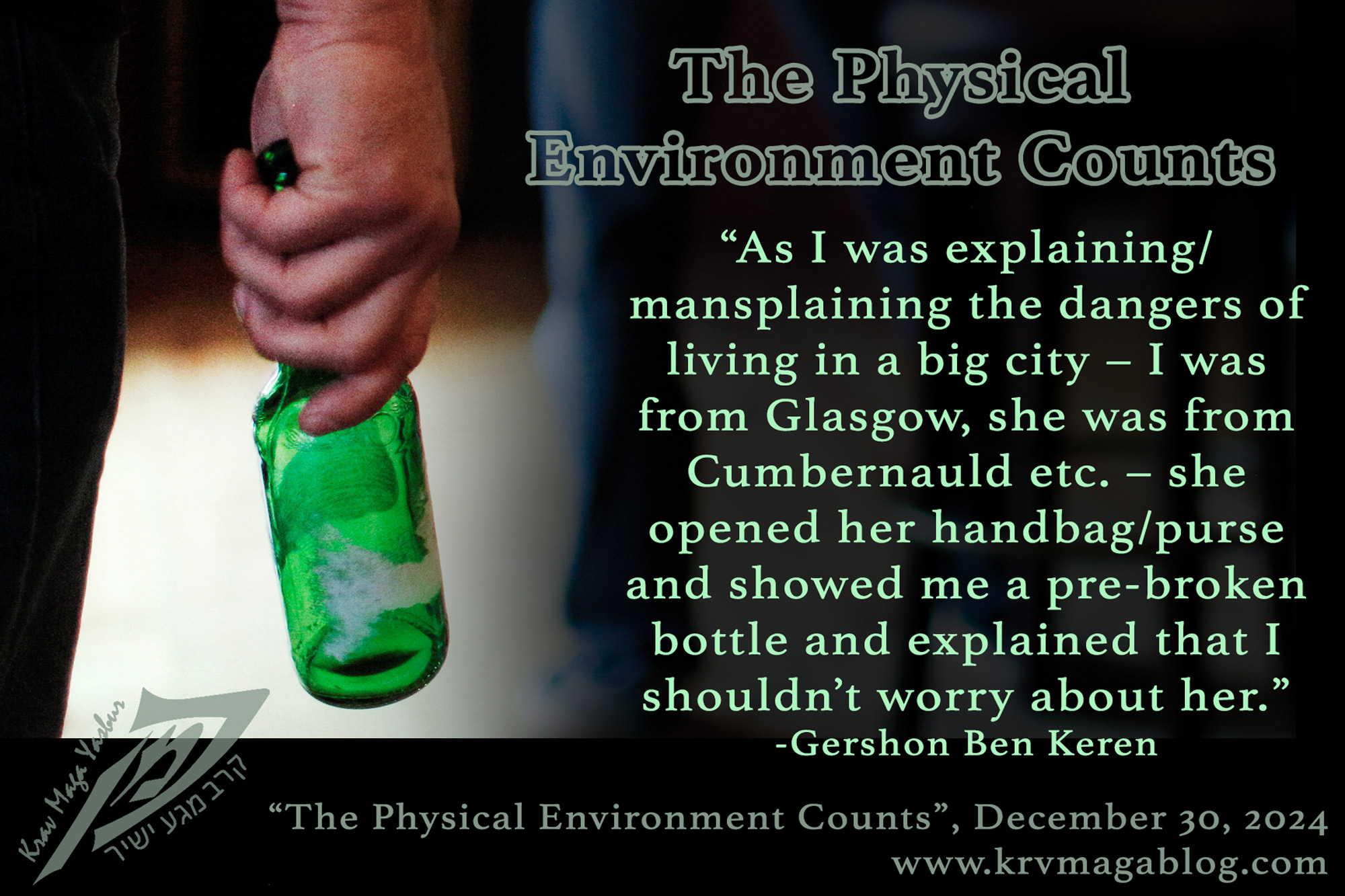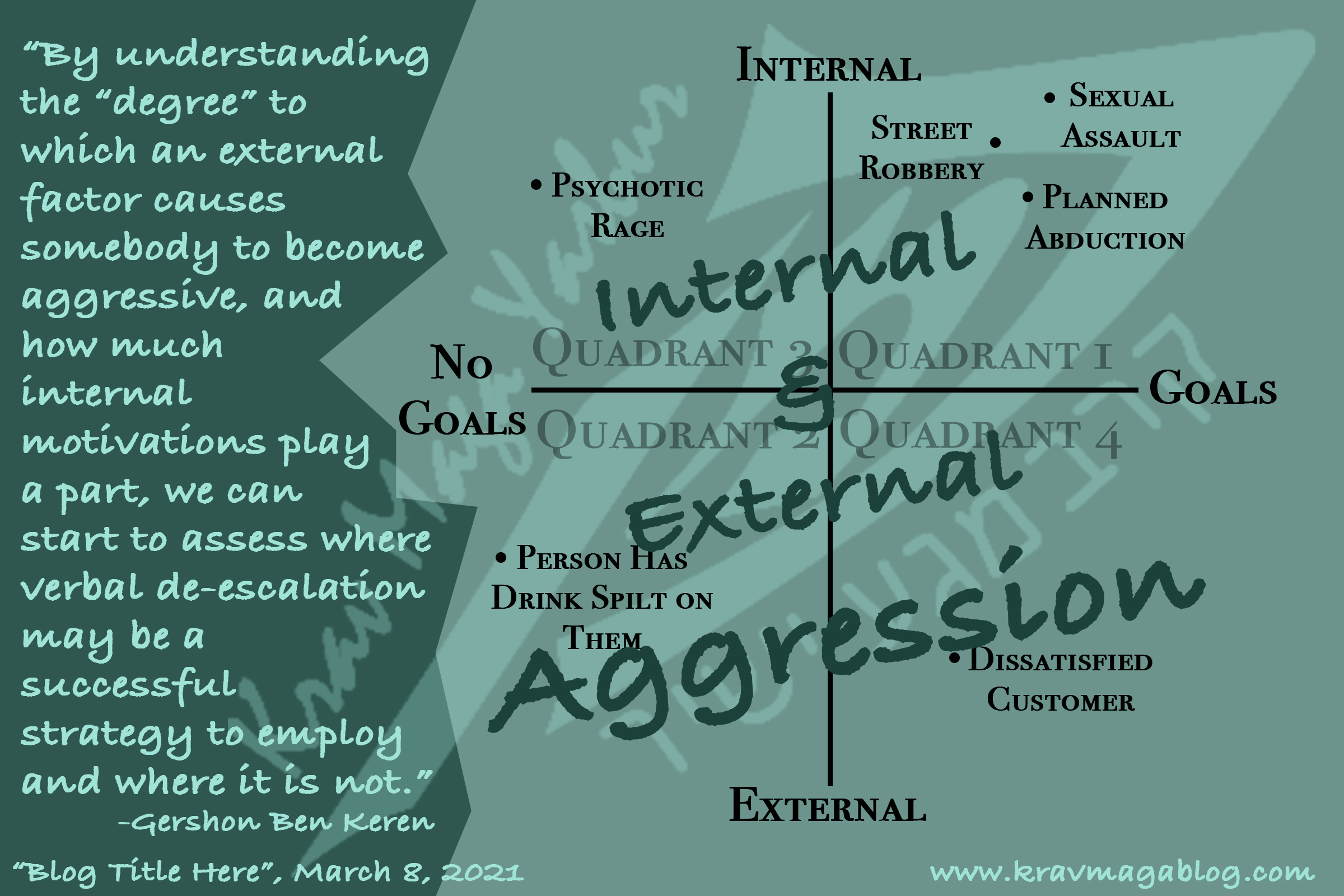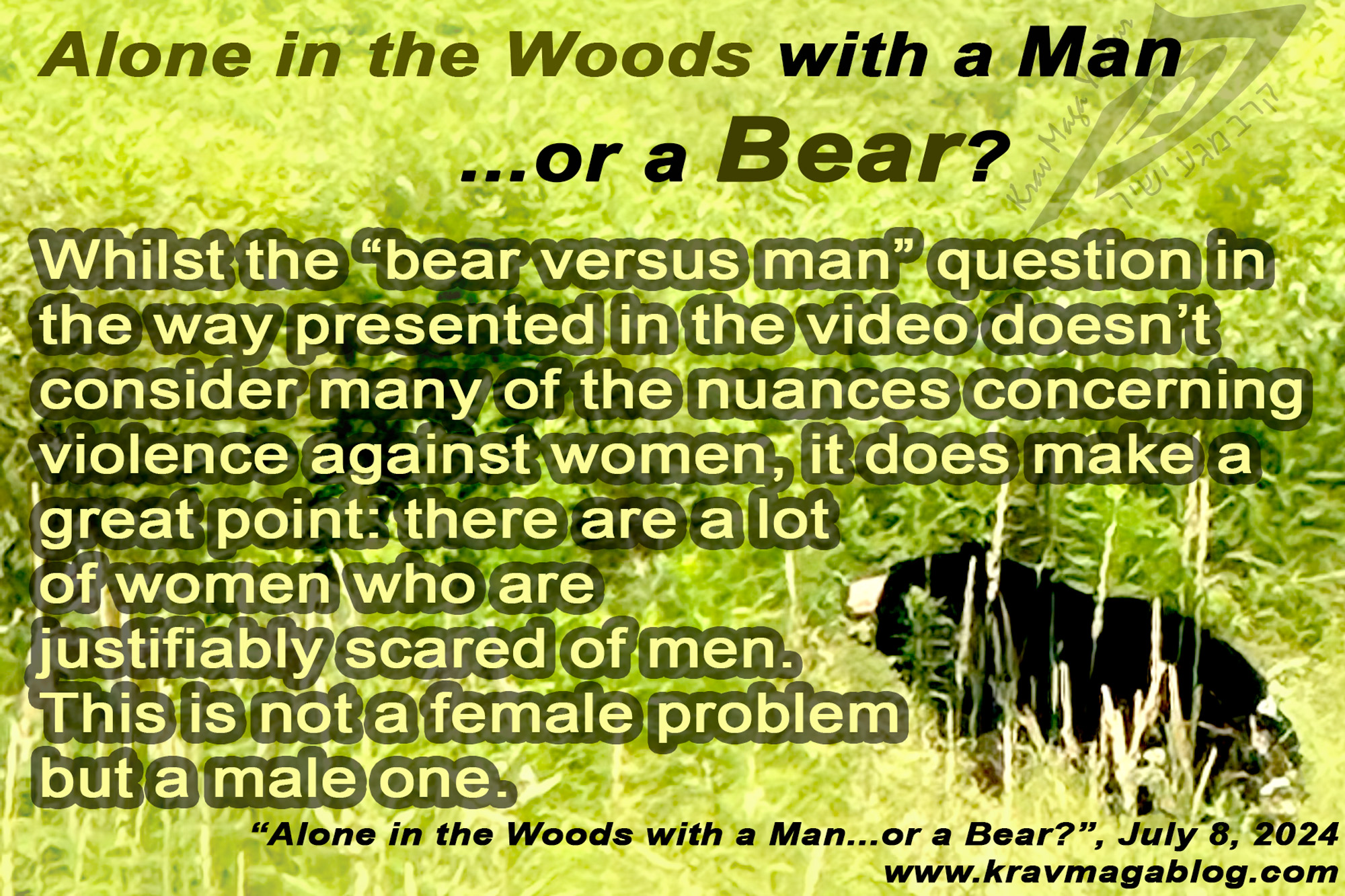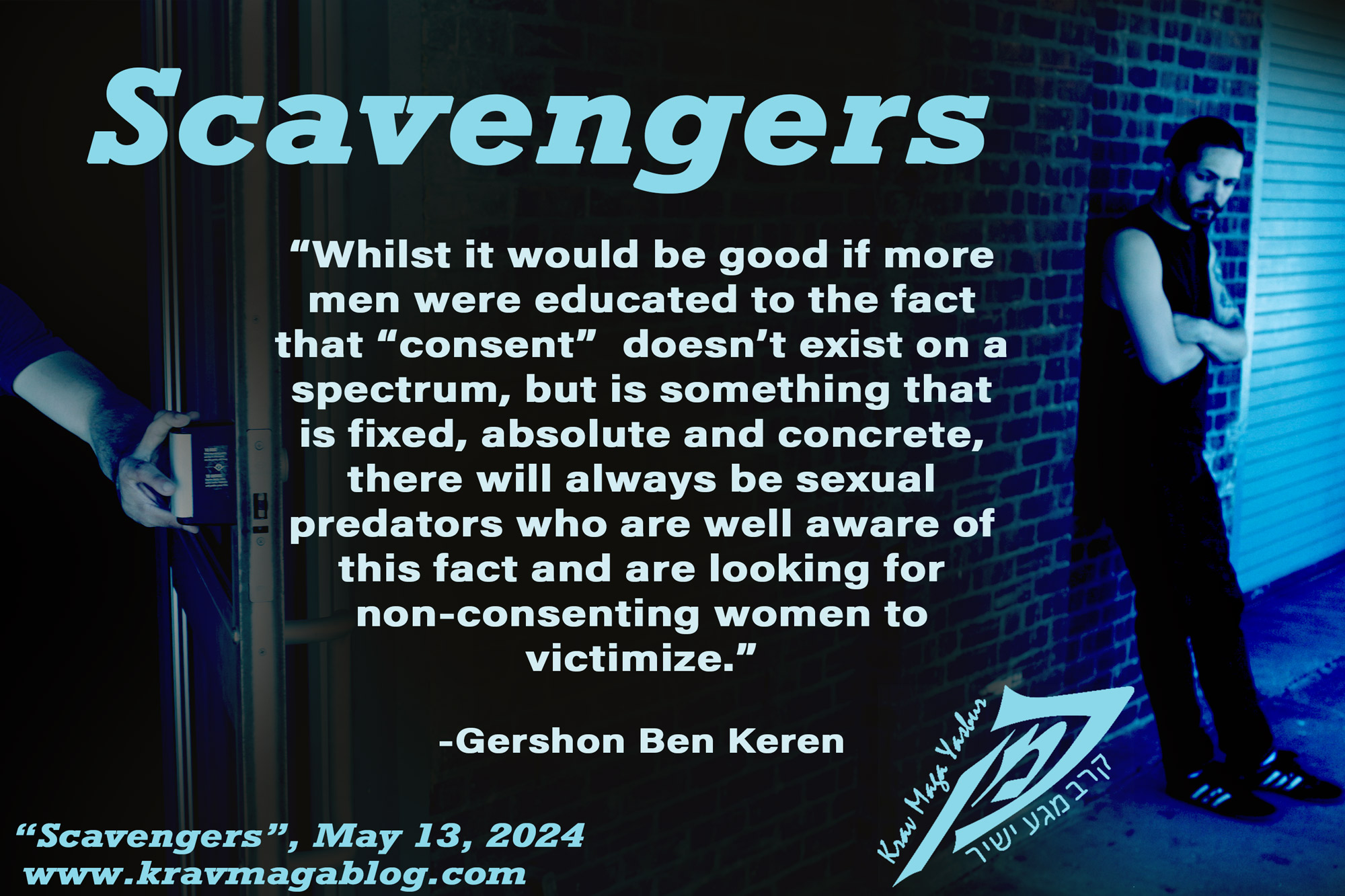Assault & Abuse A Legal Perspective, is an article written by Gershon Ben Keren, a 5th Degree Black Belt in Krav Maga, who teaches Krav Maga in Boston, MA. He has also authored three Amazon best-Selling Books on Krav Maga.
I try not to get caught up in conversations about use of force, and what is and isn’t legal etc. for a few simple reasons. Firstly I’m not a lawyer, so I can only offer my opinions and understandings as a lay person, and if I don’t have expertise in an area, I’d rather let somebody more knowledgeable than myself speak on the subject, and secondly, if you have done everything possible to avoid a physical confrontation, you should not be worrying about the legal consequences of your actions, as you are effectively in a fight for your survival, where doing what is necessary, and being decisive is more important than weighing up the pros and cons of a decision, from a legal perspective; something your assailant is certainly not wasting their time doing. However, when teaching a class today, I was asked if somebody pushes you does it constitute assault, and so I think it is worth spending some time examining what an assault is, along with what can be considered physical abuse – as the two share some similarities.
Whenever I look at things from a legal perspective, I try and frame things more from a moral than legal angle i.e. the law represents what we as a society have generally agreed on to be right and acceptable (maybe a little naive, but it helps me to think about violence in this way, rather than from a more analytical viewpoint). One thing many people don’t understand about an assault – and physical abuse – is that there doesn’t have to be actual physical contact. If you are walking along a street, and somebody by their persistent and continual body positioning prevents you from passing, this can be considered as an assault; if they were to restrict your movement, and then hit you, the criminal act they committed would be assault with/and battery. Many women who are physically abused by their partners, may not define what they are experiencing as “physical abuse”. Too often people think of physical abuse, within domestic violence, as actions which result in pain and injury, however physical abuse can take other forms. If a partner prevents you from either entering or exiting a room, then you are being subjected to a form of physical abuse – despite there being no bruises or broken bones etc. It is very easy for us to dismiss actions and behaviors which are actually “assaults” and “abuse”, because they don’t result in actual physical harm. As you can probably now guess, somebody pushing you, definitely constitutes an assault.
It is worth understanding this, because it lets you know when you should and shouldn’t act e.g. if somebody is shouting at you but allowing you to move freely, then you are probably not justified in attacking them pre-emptively (or will have a hard time convincing a jury that you were right to do so), however if they don’t let you pass, and prevent you from moving to wherever you want to go, you will have a good argument, as to why you slapped their groin, struck them in the eyes etc. before disengaging, and moving away. However, if you raised your fists, and adopted a “fighting stance”, your assailant may have a good argument, as to why they decided to attack you i.e. you posed an obvious threat to them – this is why I’m a huge advocate of adopting an “Interview” Stance, where your hands are positioned palms out/forward, gesturing that you don’t want any trouble, and that you want your aggressor to stop/back away. In doing so you have not compromised your ability to throw strikes, or defend yourself, but have demonstrated to your aggressor that you are not a threat to them. If you can combine this with backing away, if things do go legal, it is pretty clear who the assailant in the situation is.
It is worth remembering that you get convicted for what you say, not what you do; or more importantly what your lawyer says you did. Being able to construct a story that explains your actions is key to being successful legally. If you can demonstrate – and witnesses can testify to this – that you were trying to de-escalate the situation, were in a non-confrontational stance, were trying to back away from it, and were in no way overly aggressive to your attacker, the chances are – unless your assailant has a top flight lawyer, who knows how to work the legal system –a jury will return the correct decision/verdict. However if you have made a statement to the police before you talk to a lawyer, you may jeopardize your chances of doing this. You have a right to remain silent when charged, and if after a violent altercation the police decide to arrest you this is not the time to start talking, you need to consult with a lawyer first. You may believe that the incident you were involved in, obviously demonstrated that you were the victim, but any prosecuting lawyer will attempt to pick this apart, and show that their client was in fact right to act the way they did. A poorly worded or clumsy sentence that you made as part of your statement, can and will be used against you. With all due respect to law enforcement officers, they are not the best legal advisors you can have in such situations.
At the end of the day, when the fists start flying, you need to put away any legal considerations, and ignore your internal debate(s) about use of appropriate force etc. These were things to consider in the pre-conflict phase, where you possibly had the time to rationally decide on an appropriate course of action. If you have genuinely attempted to avoid a violent situation, and can explain (or your lawyer can explain), your methodology and the decisions you took systematically, it is unlikely that a Jury will find you guilty of breaking any law. There may be exceptions to this – and everyone has heard of a horror story when an innocent person is found guilty - however these are fewer than people would have you believe, and if you are attacked, your first priority is to survive that situation; legal survival comes afterwards.
0 COMMENTS

